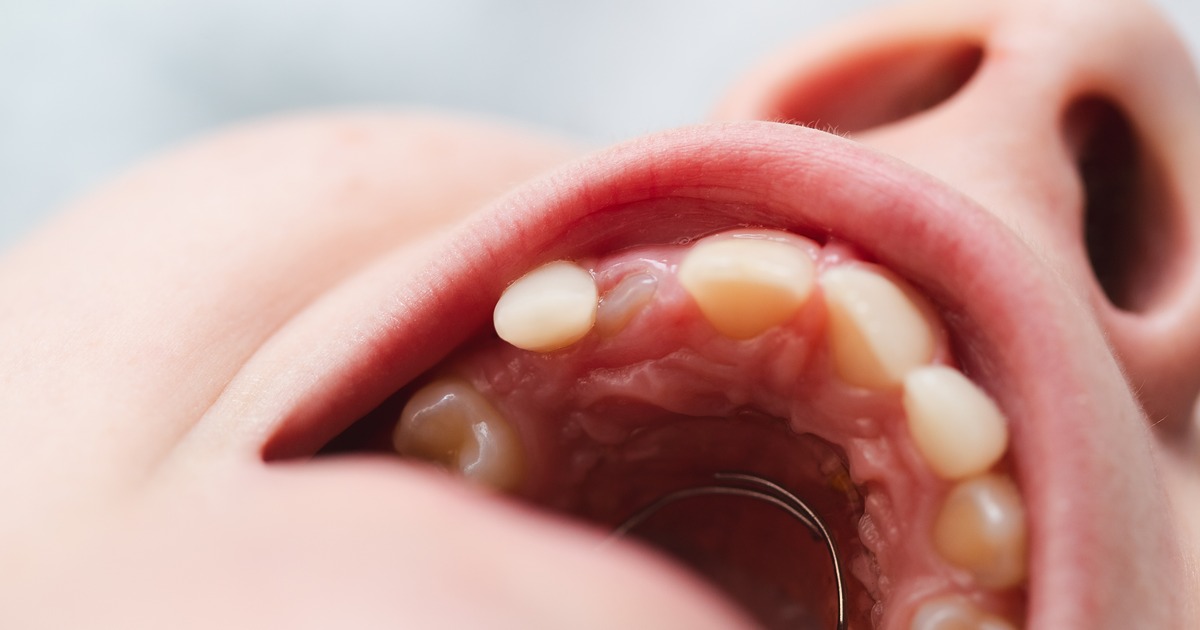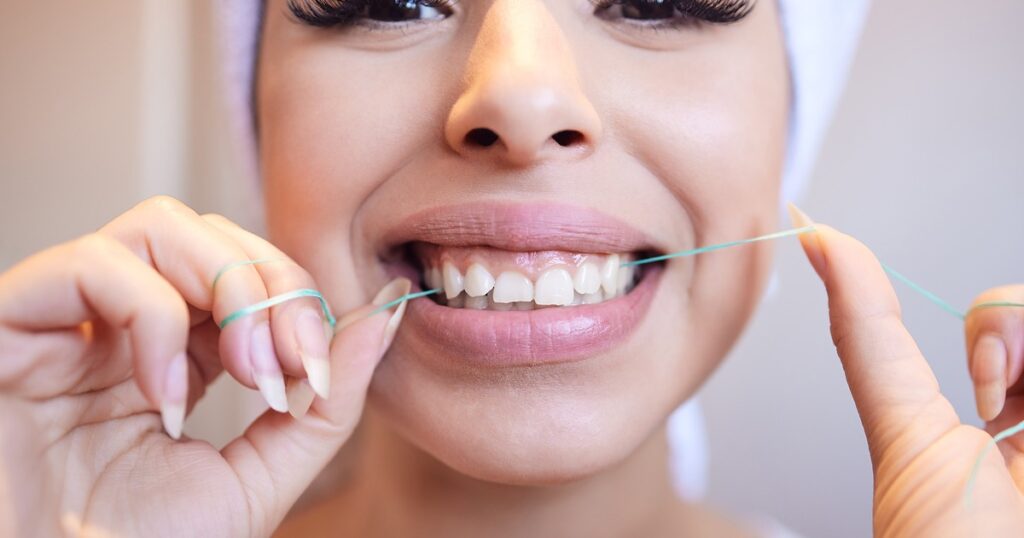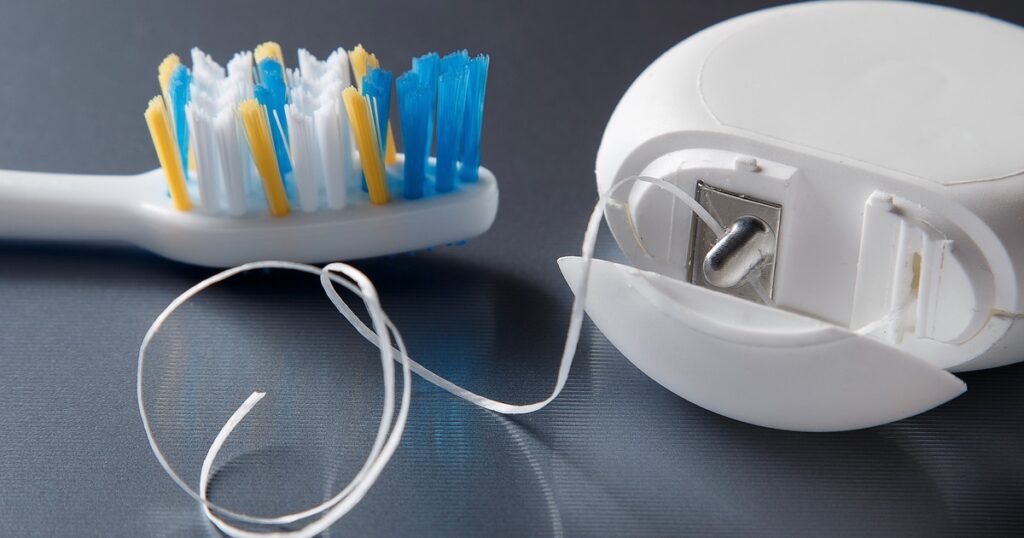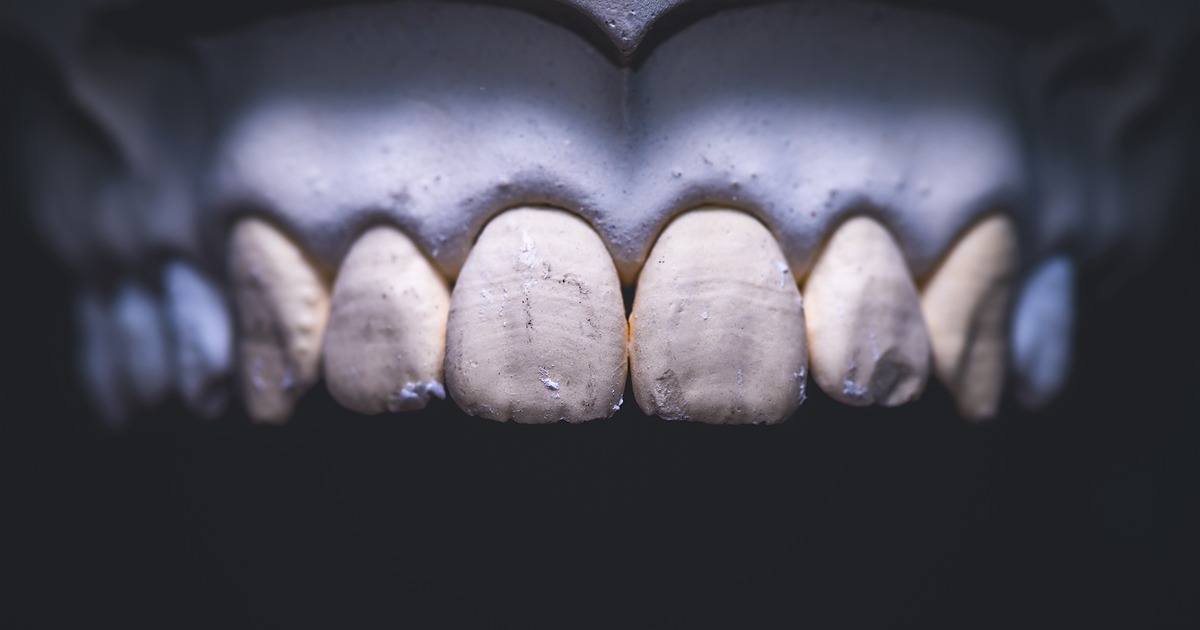Teeth Rotting from Inside Out: Causes, Symptoms, and Treatments

Teeth rotting from the inside out is a severe form of tooth decay that often goes unnoticed until it causes pain or visible damage. Unlike surface cavities, this type of decay attacks the inner layers of the tooth, including the dentin and pulp, which can lead to infection, abscesses, and tooth loss if not treated promptly.
What Does “Teeth Rotting from Inside Out” Mean?
When decay starts inside the tooth, it often begins in areas that are hard to detect visually, such as:
-
Between teeth
-
Under old fillings
-
Deep pits and grooves in molars
The enamel may look relatively intact while the inner structure deteriorates, which is why early detection is crucial.
Common Causes
-
Poor Oral Hygiene
-
Plaque buildup produces acids that slowly eat away at tooth structure.
-
-
High Sugar Diet
-
Frequent consumption of sugary and acidic foods accelerates decay.
-
-
Deep Dental Cavities
-
Untreated cavities can progress inward, infecting the pulp.
-
-
Old or Faulty Fillings
-
Decay can form under fillings that no longer seal properly.
-
-
Dry Mouth (Xerostomia)
-
Reduced saliva increases acid activity and bacterial growth inside teeth.
-
Symptoms of Teeth Rotting from Inside Out
-
Toothache or spontaneous sharp pain
-
Sensitivity to hot, cold, or sweet foods
-
Dark spots or holes on the tooth surface
-
Bad breath or metallic taste
-
Swelling in gums (if infection occurs)
Note: Some teeth may look fine on the outside even though severe decay is happening inside.
Treatments for Internal Tooth Decay
1. Dental Fillings
-
For cavities that haven’t reached the pulp, removing decay and filling the tooth can save it.
2. Root Canal Therapy
-
Required when decay has reached the pulp and caused infection.
-
Removes infected tissue, disinfects the canal, and seals the tooth.
3. Crowns
-
After significant internal damage, a crown can restore tooth strength and functionality.
4. Tooth Extraction
-
In extreme cases where the tooth cannot be saved, removal prevents infection from spreading.
Prevention Tips
-
Brush twice daily and floss at least once.
-
Use fluoride toothpaste to strengthen enamel.
-
Reduce intake of sugary and acidic foods.
-
Drink plenty of water to maintain saliva flow.
-
Visit your dentist for regular checkups every 6 months.
FAQs: Teeth Rotting from Inside Out
1. Can internal decay be detected early?
Yes, through dental X-rays and regular checkups even if the tooth looks healthy externally.
2. Does it always cause pain?
Not always. Early-stage internal decay may be painless until it reaches the pulp.
3. Can I reverse teeth rotting from inside out naturally?
Once decay reaches the inner layers, professional treatment is necessary. Remineralizing toothpaste only works on early enamel demineralization.
4. How long does it take for a tooth to rot from inside out?
Progression varies depending on oral hygiene, diet, and genetics, but untreated cavities can cause severe internal decay within months to a few years.
Final Takeaway
Teeth rotting from inside out is a serious dental issue that often goes unnoticed until it causes pain or infection. Early detection through regular dental visits and maintaining excellent oral hygiene is the key to saving teeth and preventing extensive treatments like root canals or extractions.








